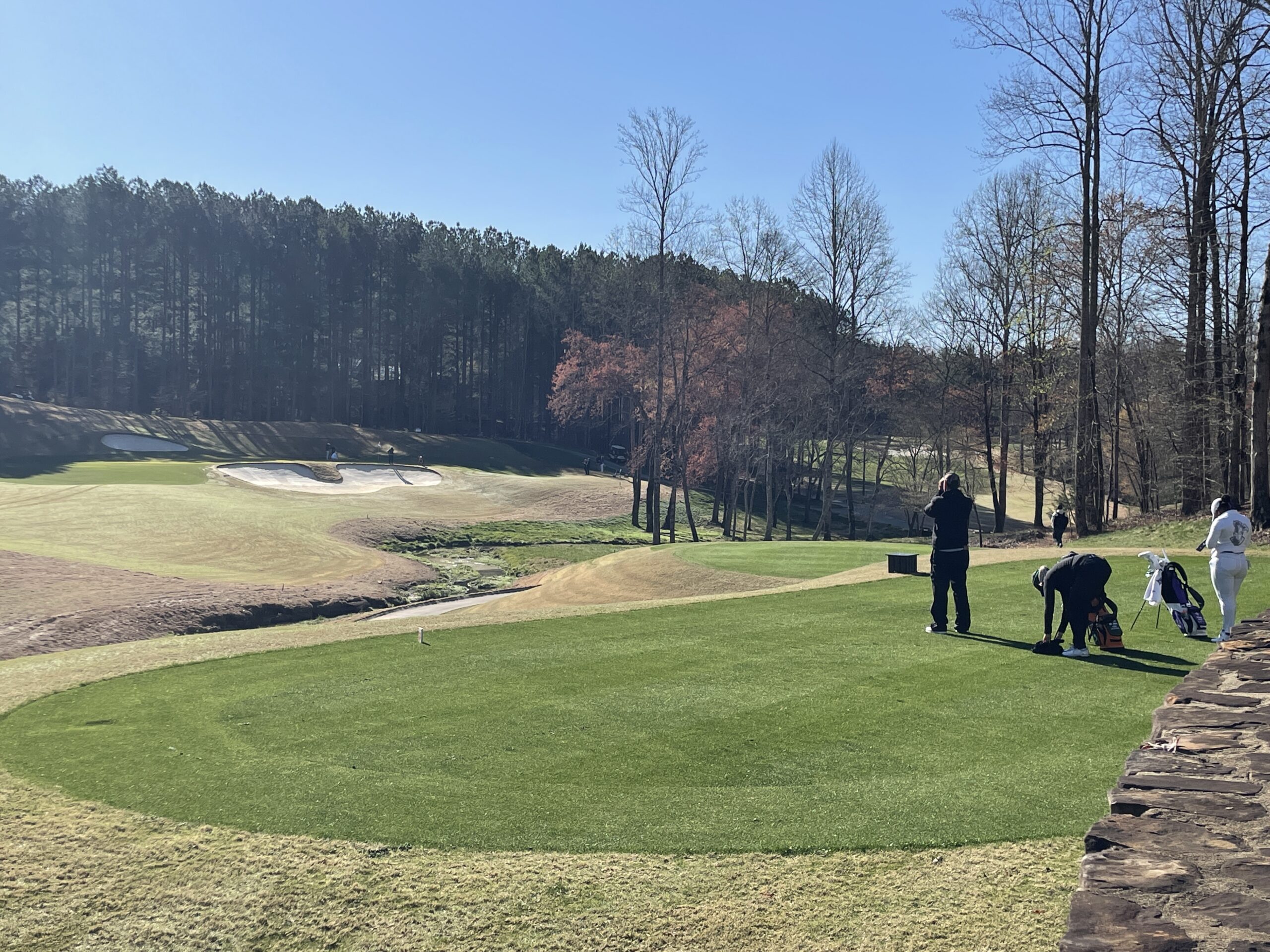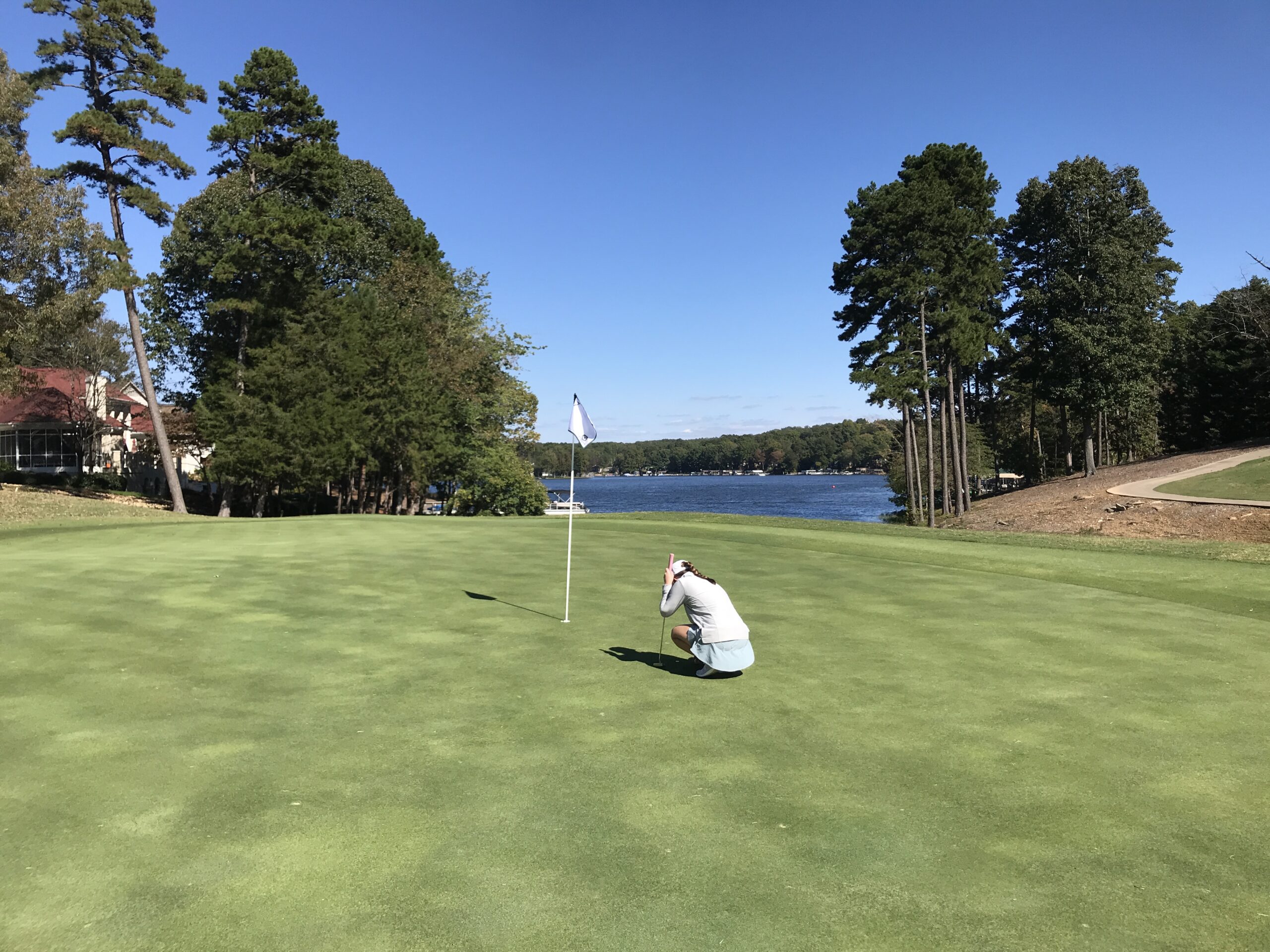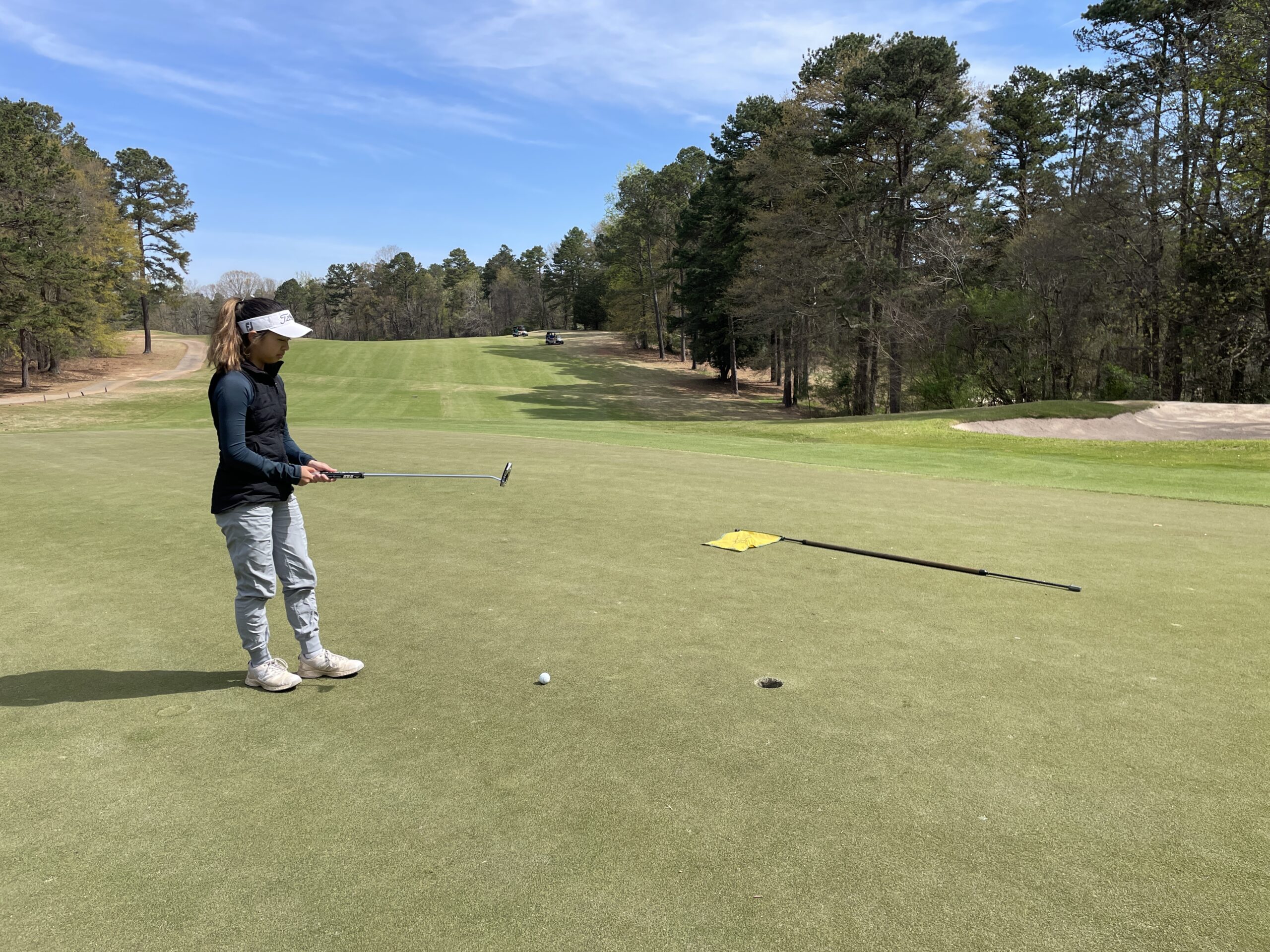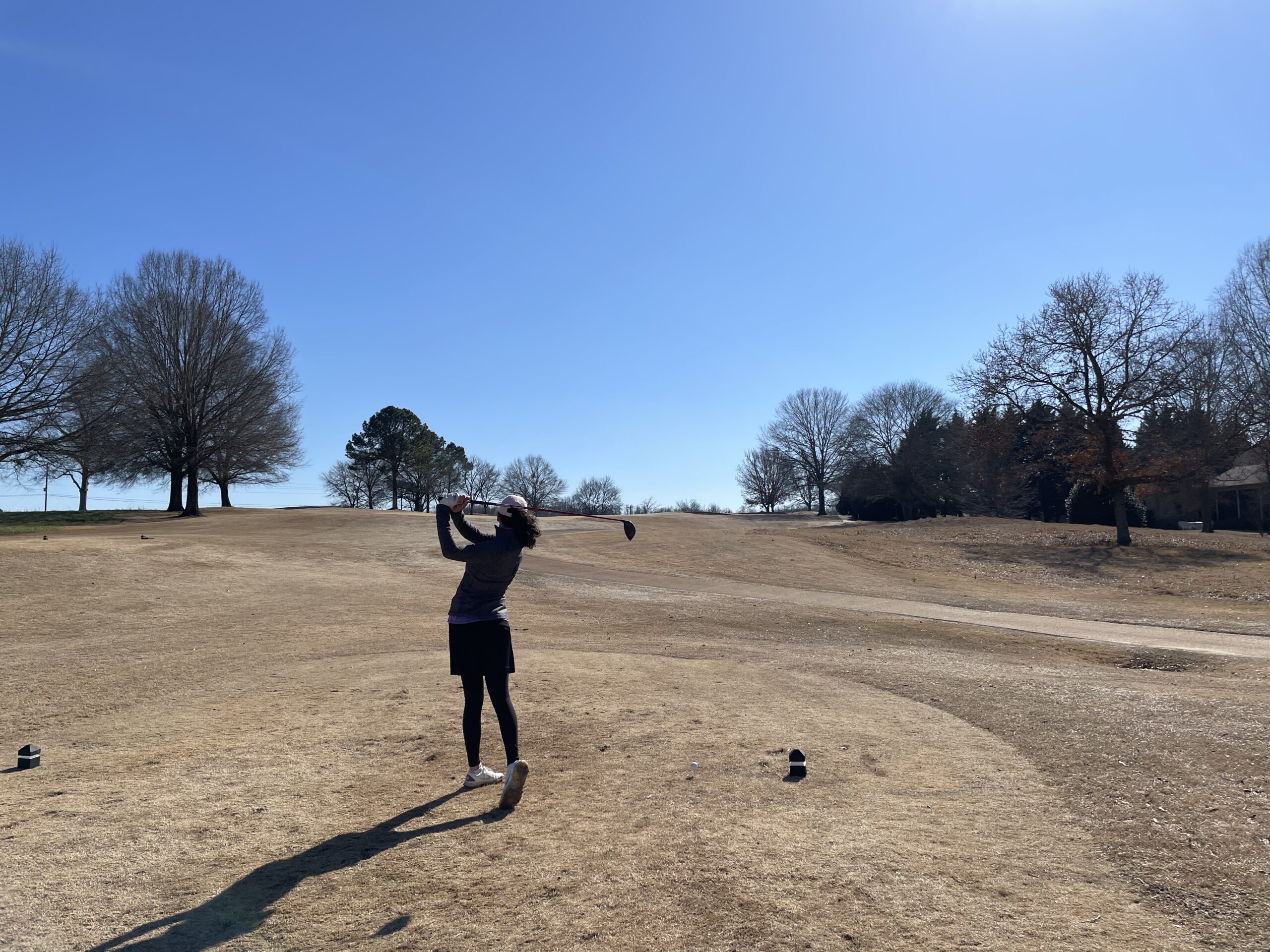One of the best ways to retrain your mind on the golf course is to always think about what you want to “do” and never about what you “don’t” want to do. This may seem like such a simple concept but if you start to pay close attention you would be amazed at how many times you think in the “don’t” sense instead of the “do”. How many times do you tell yourself “don’t leave this putt short”? Then you proceed to either leave it short or knock it 5ft by the hole. Or you tell yourself, “don’t hit in the hazard”. Then you proceed to either hit in the hazard or you hook/block a shot to avoid it. According to Bob Rotella, “the brain doesn’t understand don’t”. When you tell your brain not to do something you are actually putting a more visual focus on that object or action by acknowledging that it exists. During a swing, your brain only has milliseconds to think and process, it has a hard time not focusing on what you told yourself not to do. But if you can train your thoughts to always be in the positive sense, your brain will process and understand those actions better.
So every time you catch yourself thinking that you “don’t” want to do something, figure out a way to rephrase your thought to something you want to “do”. This is why picking out a specific target on every shot is so important. It prevents your brain from seeing all the elements out there that you “don’t” want to encounter, thus eliminating visuals in your mind that will take over during your swing. For instance, you can acknowledge that there is a hazard in play, then select a target that you can focus on and make your thoughts only focused on hitting that target as opposed to thinking “don’t hit it right” or “don’t hit it in the hazard”. You become focused on one single object that you want to hit and that is all that you are focused on. This thought process helped me tremendously my last year on the LPGA Tour. I learned to focus on a target and aim to hit it, not worrying about anything else. Try this next time you go out to play and see how much easier it is to quiet the “don’ts” and play for the “do’s”.








Leave A Comment